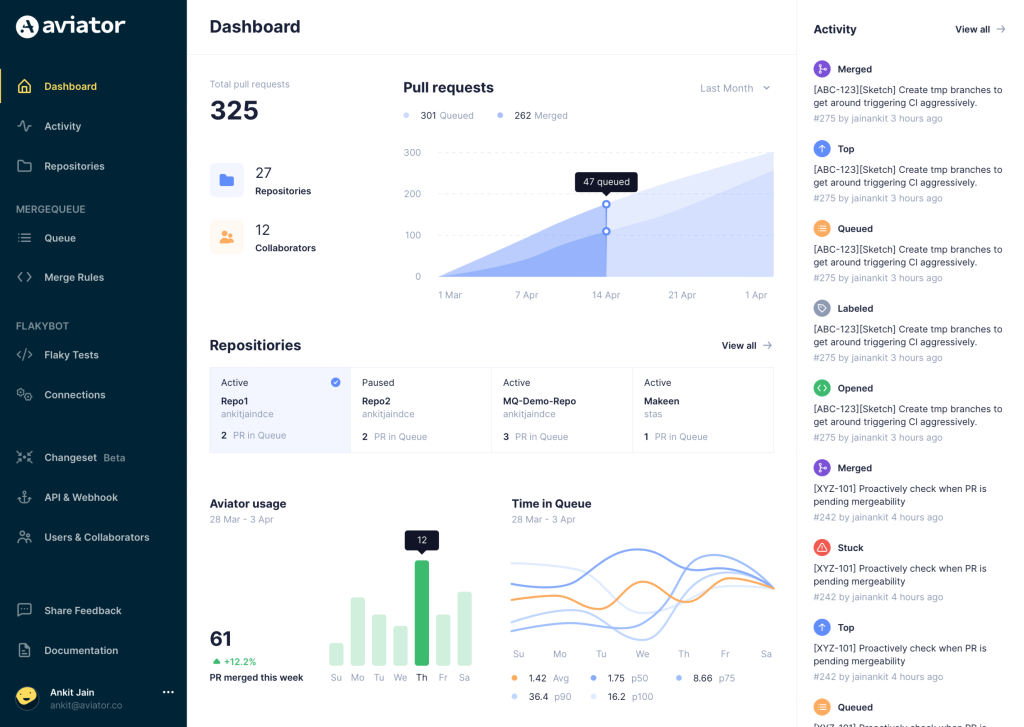What is build failure rate?

During the software build process, you convert your code into computer-understandable format, depending on the language. Javascript and related libraries are condensed back into vanilla format. Rust and Java code is compiled into machine language before committing.
Build failure rate is a metric that measures the percentage of build failures during your software build process. You should note that there are important uses for build failure rates:
- It helps you avoid harmful software user experience
- Build failure rates tell you more about your development efficiency
- It enables you to refactor code where needed to increase software efficiency
- It gives you the confidence to release quality software when the failure rate is low or non-existent
In this article, we will focus on the following:
- Factors affecting build failure rates
- How to measure the build failure rate in your software build process
- Effects of build failure rates
- Strategies to reduce build failure rates in your development process

Factors affecting build failure rate
Code Quality
The quality of your code directly affects build failure rate. Let’s say you are building a house using blocks and don’t adequately align the blocks you use. There is a high chance that defects will appear later in the building. If you had done it neatly, that wouldn’t be the case.
If your code quality is terrible, it will result in bugs and defects, which obviously affects build failure rate. Good code quality should meet the following metrics:
- Clarity
- Reusability
- Security
- Testability
You should note that robust code is the foundation of a stable build.
Third-Party Integrations
Another factor that affects the build failure rate in your software build process is how you manage your dependencies. Since these external libraries are essential to your software development, you must ensure you appropriately handle them.
A lack of third-party management discipline causes a high failure rate with time. Here are some good practices to avoid a build failure rate:
- Automated dependency update: Outdated dependencies are one of the causes of build failure. To avoid this, updating dependency versions would help you avoid causing changes that could cause build failures. To this, you should have your dependency versions updated automatedly.
- Metadata Tracking: Using incorrect dependency metadata creates a situation where the wrong installation is done. Doing this can introduce failures into your build. So, keeping track of the metadata helps prevent this since the correct versions are installed.
- Using a package manager: To avoid each developer on your team using their dependencies inconsistently. Introducing a centralized management model will help create consistency when using dependencies and reduce the potential build failure rate.
A hypothetical example: You had developed software using the available dependency update “X” at the time, and during your build process, another update, “Y,” became available, which made “X” have deficiencies. A build failure may likely happen if your dependency update isn’t automated.
If you don’t apply best practices when using dependencies, they can cause a high percentage of build failure in your software development process.
Infrastructure Environment
A consistent environment with defined parameters helps reduce variability and helps with configuration errors. Let’s say you use an inconsistent environment. You used a specific environment, let’s name it “A,” and later on, you use another named “B.” The errors you get in environment “A” could be entirely different in environment “B,” which could be hard to track and resolve.
You can also avoid conflicts from concurrent changes by using a monorepo. Aviator’s MergeQueue helps you maintain a monorepo without issues. Also, having a robust infrastructure environment helps your team avoid issues like server crashes, which cause build failures.
Lastly, if you use a bundled virtual environment like docker containers, you can avoid infrastructure inconsistency issues.
Measuring a Build Failure Rate
You can calculate a build failure rate using a straightforward formula: Divide the total number of build failures by the total number of attempted builds within a given time period. The resulting answer is expressed in a percentage.
For example, let’s say the total number of build failures in your build process is 30, and the total number of attempted builds is 50 within six months. To get the build failure rate, divide the total number of build failures, which is 30, by the total number of attempted builds, which is 50. Calculating this will give you a build failure rate of 60 percent.
The formula is given as:
Build failure rate% = (Number of build failures/Number of attempted builds*100Another way you can track and report the build failure rate over time is by using tools that show you the analytical reports of failures you have. Also, there are best practices you should use when monitoring your builds over time:
- Calculate the failure rate of your builds over a given period.
- Monitor the failure rate for each stage of your pipeline.
- Identify and monitor flaky tests separately.
- Log the build failure rate you get in detail.
Measuring the build failure rate in your software development offers advantages, and analyzing this helps you achieve a stable build.
Effects of a Build Failure Rate
The effects of a build failure rate vary. The impact on your software development process could be different from another. However, these are the expected effects of a high build failure rate:
- Delayed project timeline and make you miss deadlines
- Increased software development costs (engineer’s time)
- Negatively impact on your team’s morale and productivity
- If you don’t resolve the underlying issues, you will release software with defects and bugs
Conclusion
Build failure happens during a software build process. Implementing strategies around the factors affecting build failure can help you have a low build failure rate:
- Having good code quality by debugging using linter and static tools
- Well-managed third-party integrations in your software development
- Consistent infrastructure environment
Knowing what causes build failures, preventing them, and applying good practices will reduce the total number of failures concerning your overall attempted builds.
Aviator: Automate your cumbersome processes

Aviator automates tedious developer workflows by managing git Pull Requests (PRs) and continuous integration test (CI) runs to help your team avoid broken builds, streamline cumbersome merge processes, manage cross-PR dependencies, and handle flaky tests while maintaining their security compliance.
There are 4 key components to Aviator:
- MergeQueue – an automated queue that manages the merging workflow for your GitHub repository to help protect important branches from broken builds. The Aviator bot uses GitHub Labels to identify Pull Requests (PRs) that are ready to be merged, validates CI checks, processes semantic conflicts, and merges the PRs automatically.
- ChangeSets – workflows to synchronize validating and merging multiple PRs within the same repository or multiple repositories. Useful when your team often sees groups of related PRs that need to be merged together, or otherwise treated as a single broader unit of change.
- TestDeck – a tool to automatically detect, take action on, and process results from flaky tests in your CI infrastructure.
- Stacked PRs CLI – a command line tool that helps developers manage cross-PR dependencies. This tool also automates syncing and merging of stacked PRs. Useful when your team wants to promote a culture of smaller, incremental PRs instead of large changes, or when your workflows involve keeping multiple, dependent PRs in sync.




